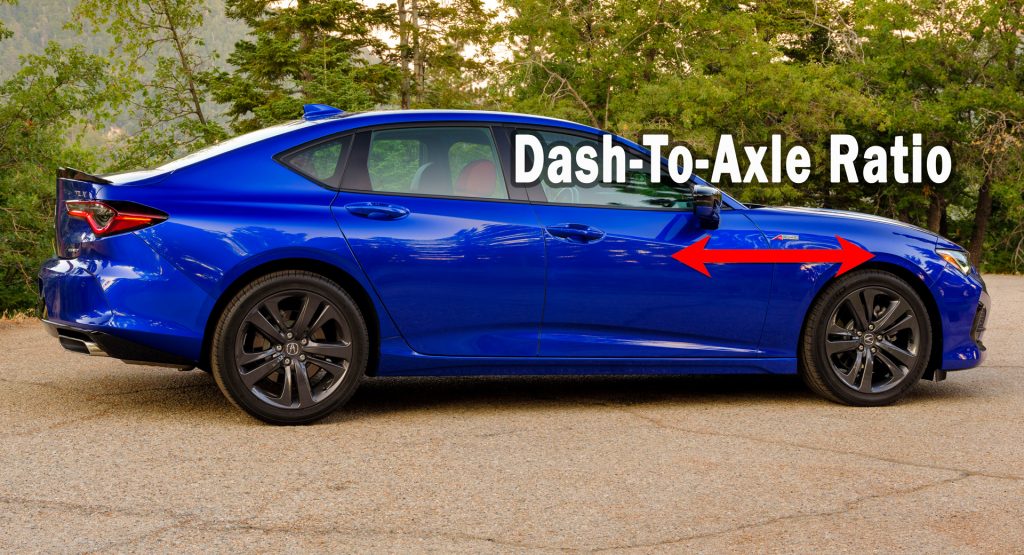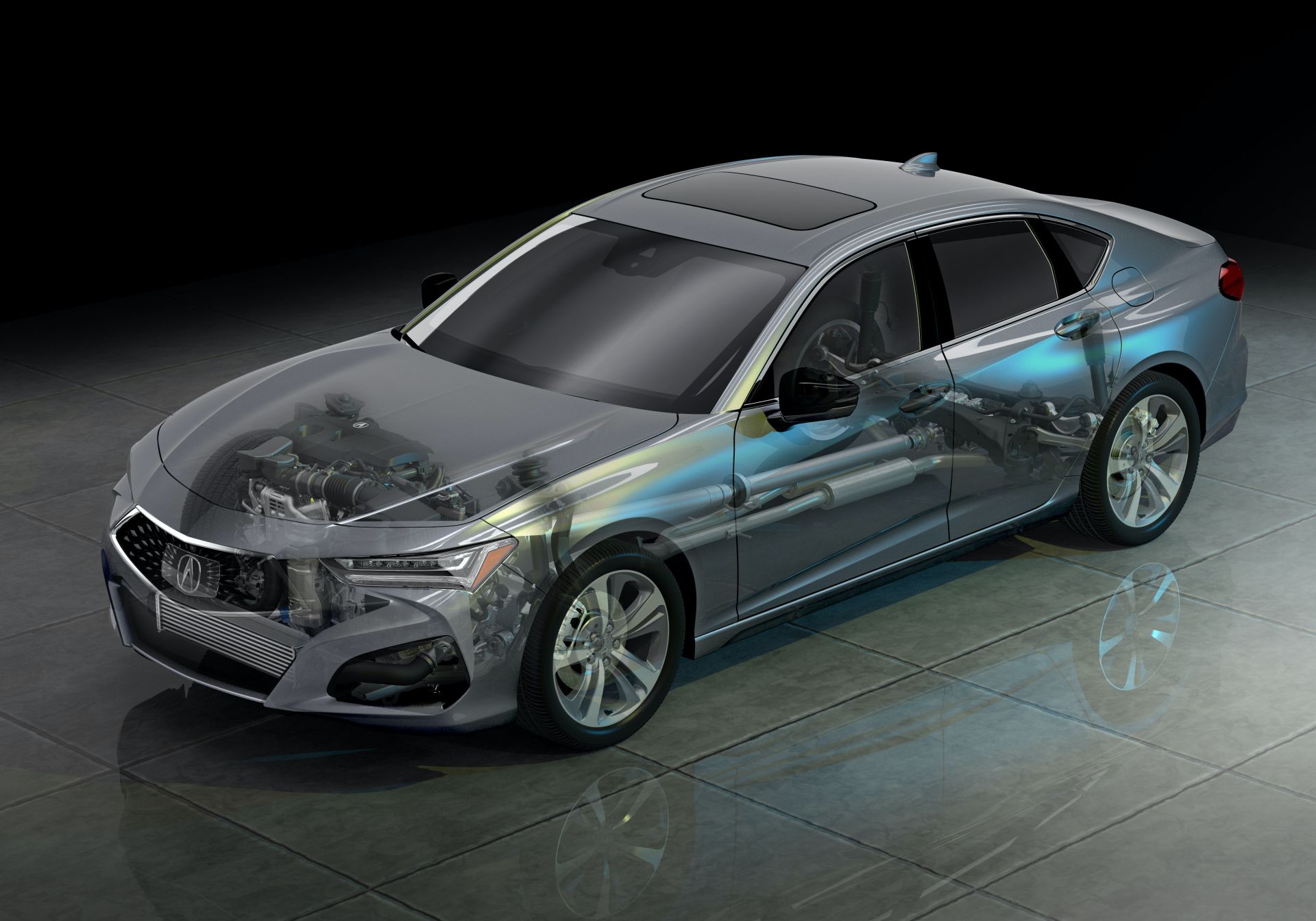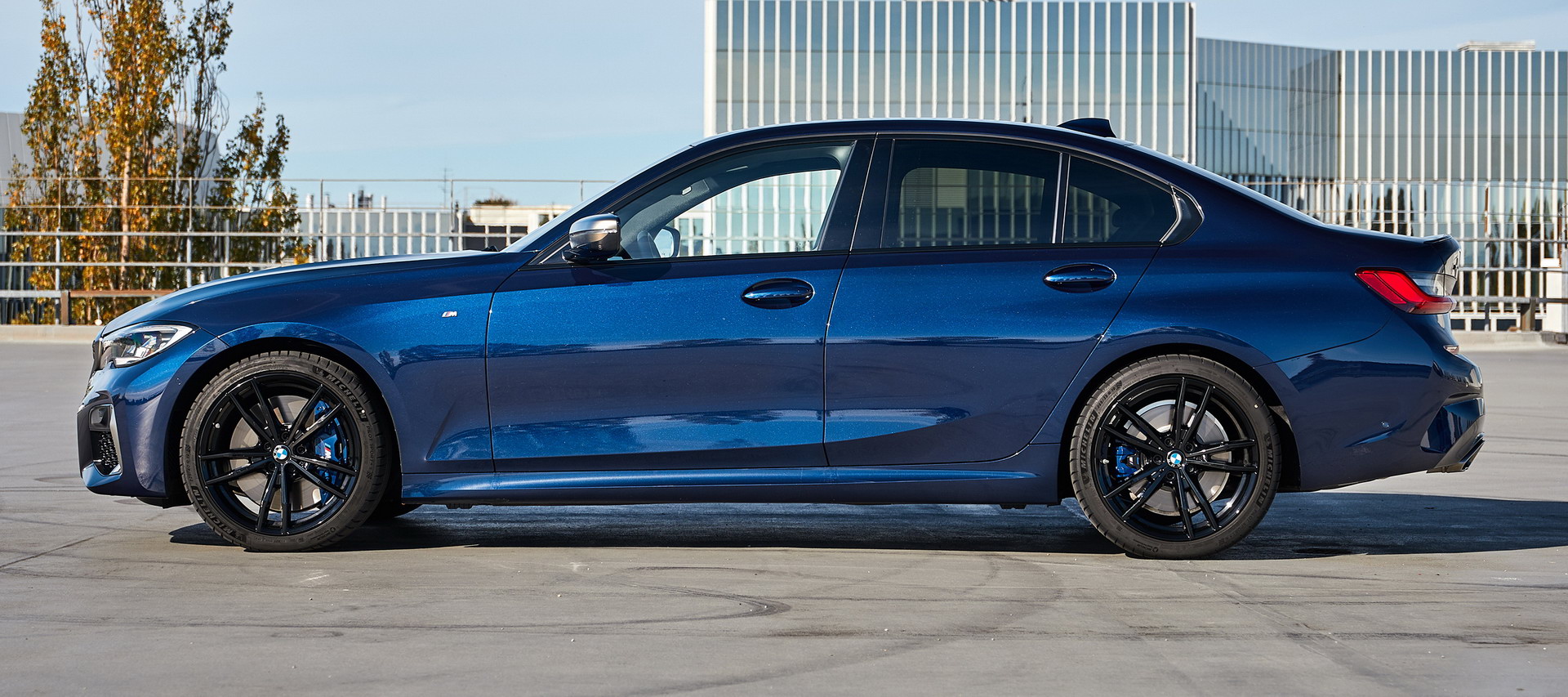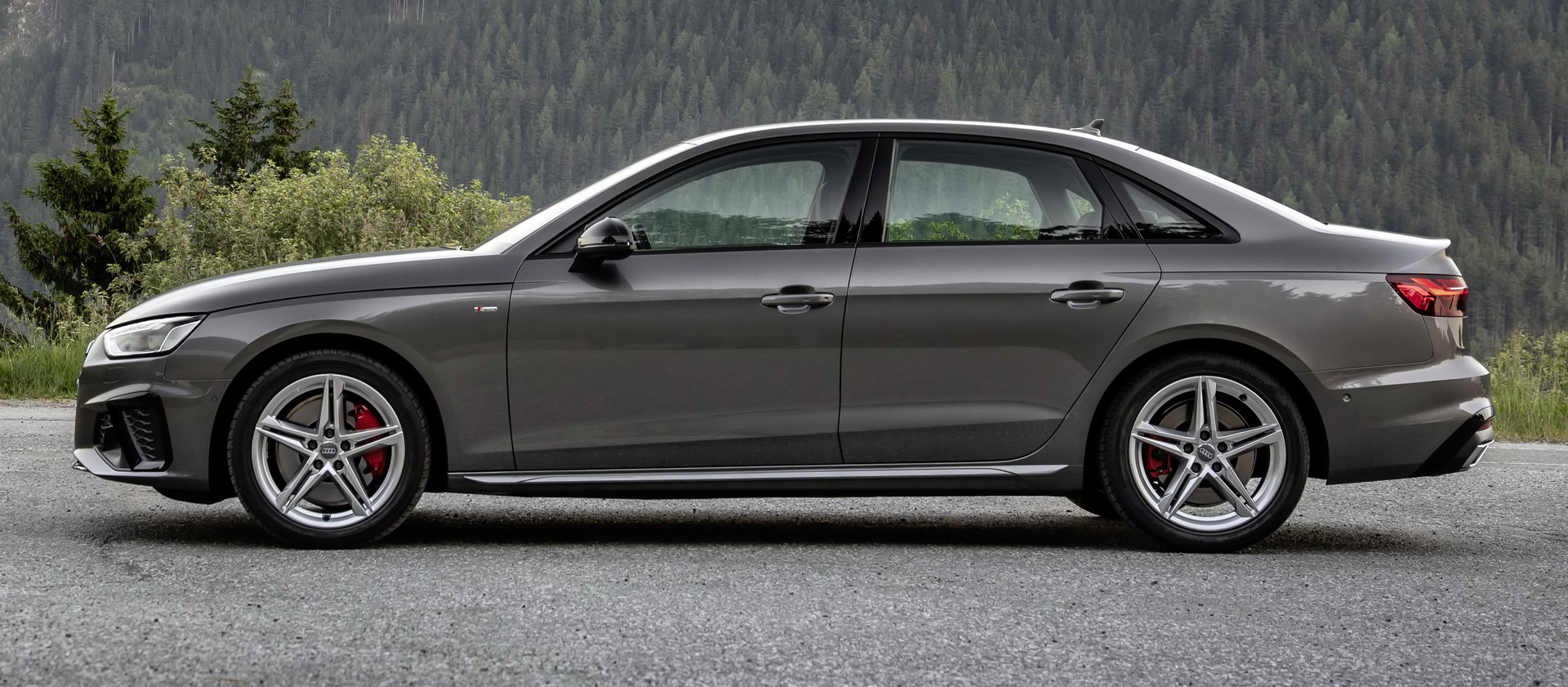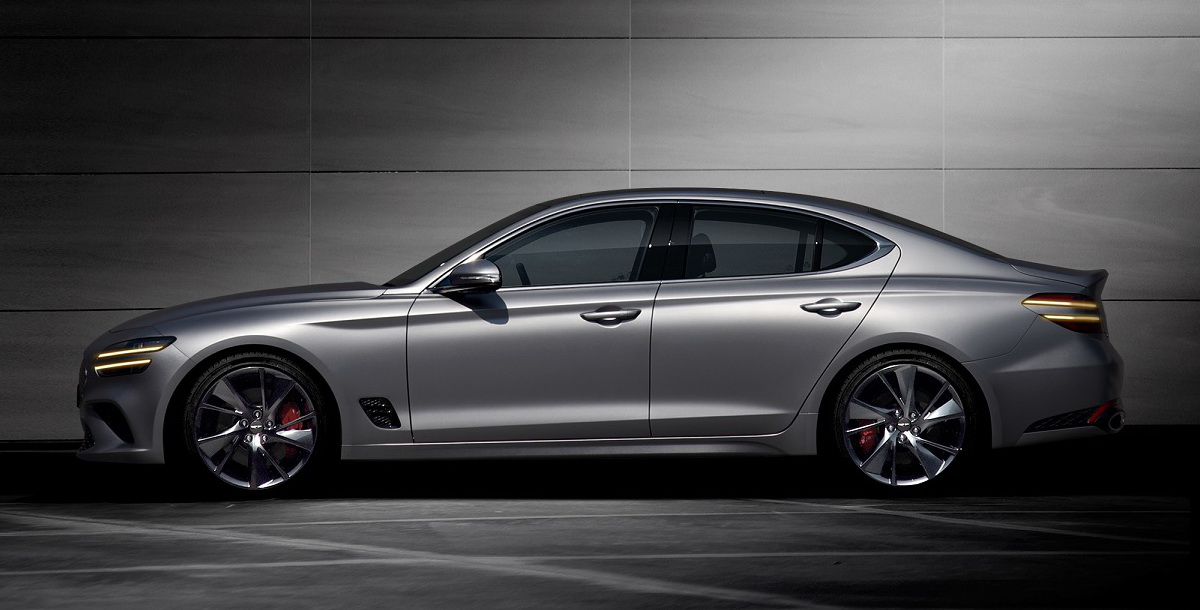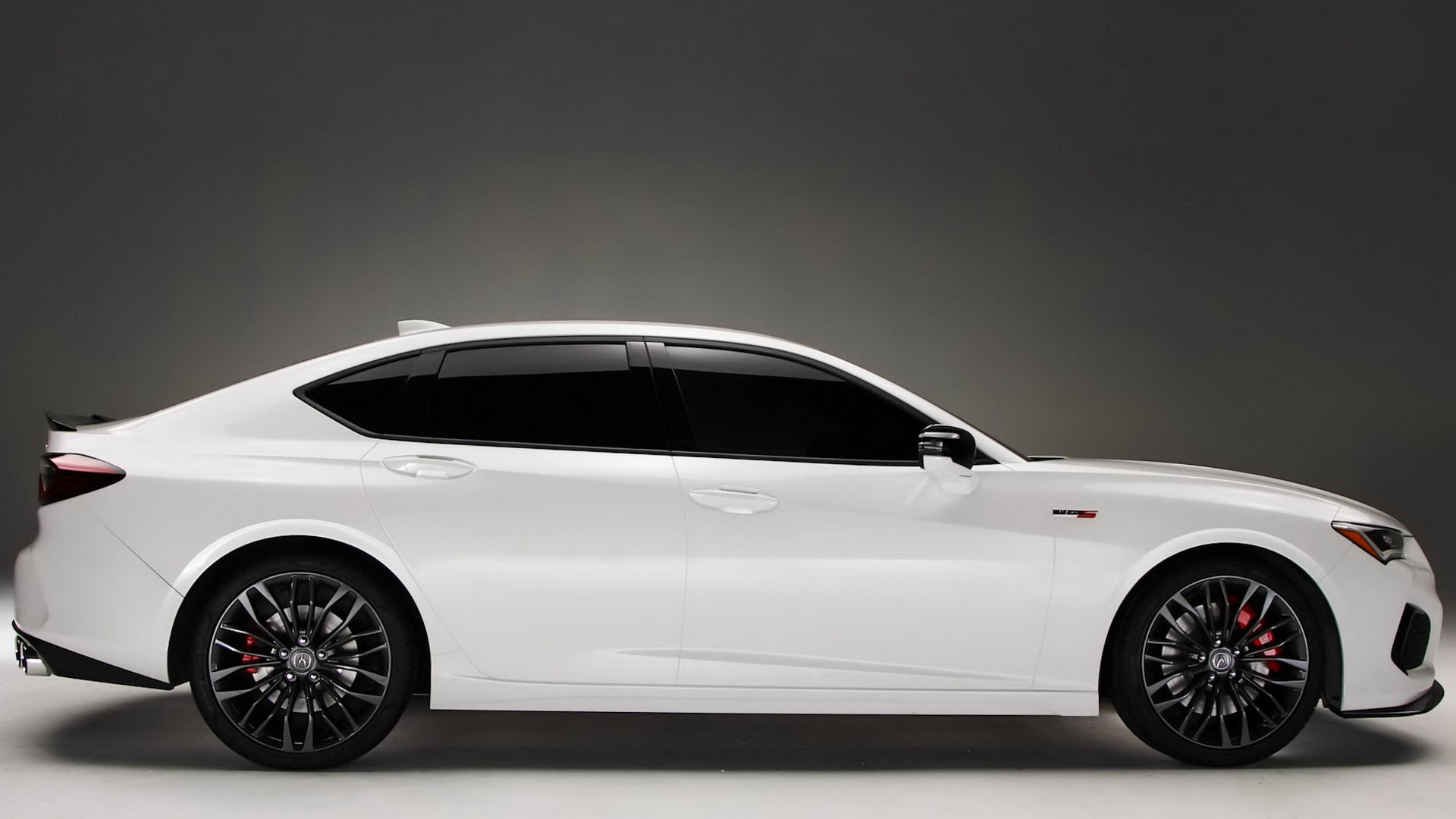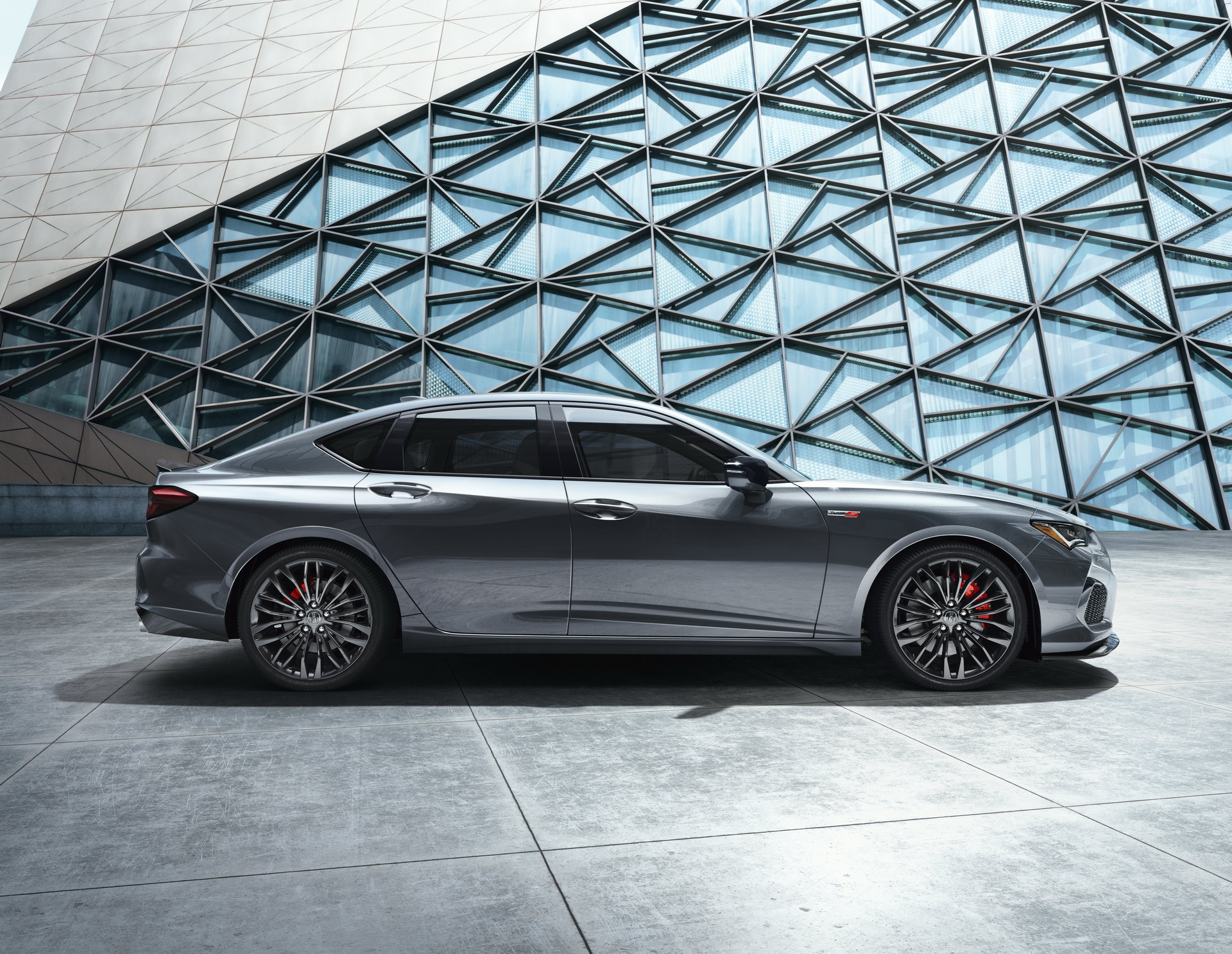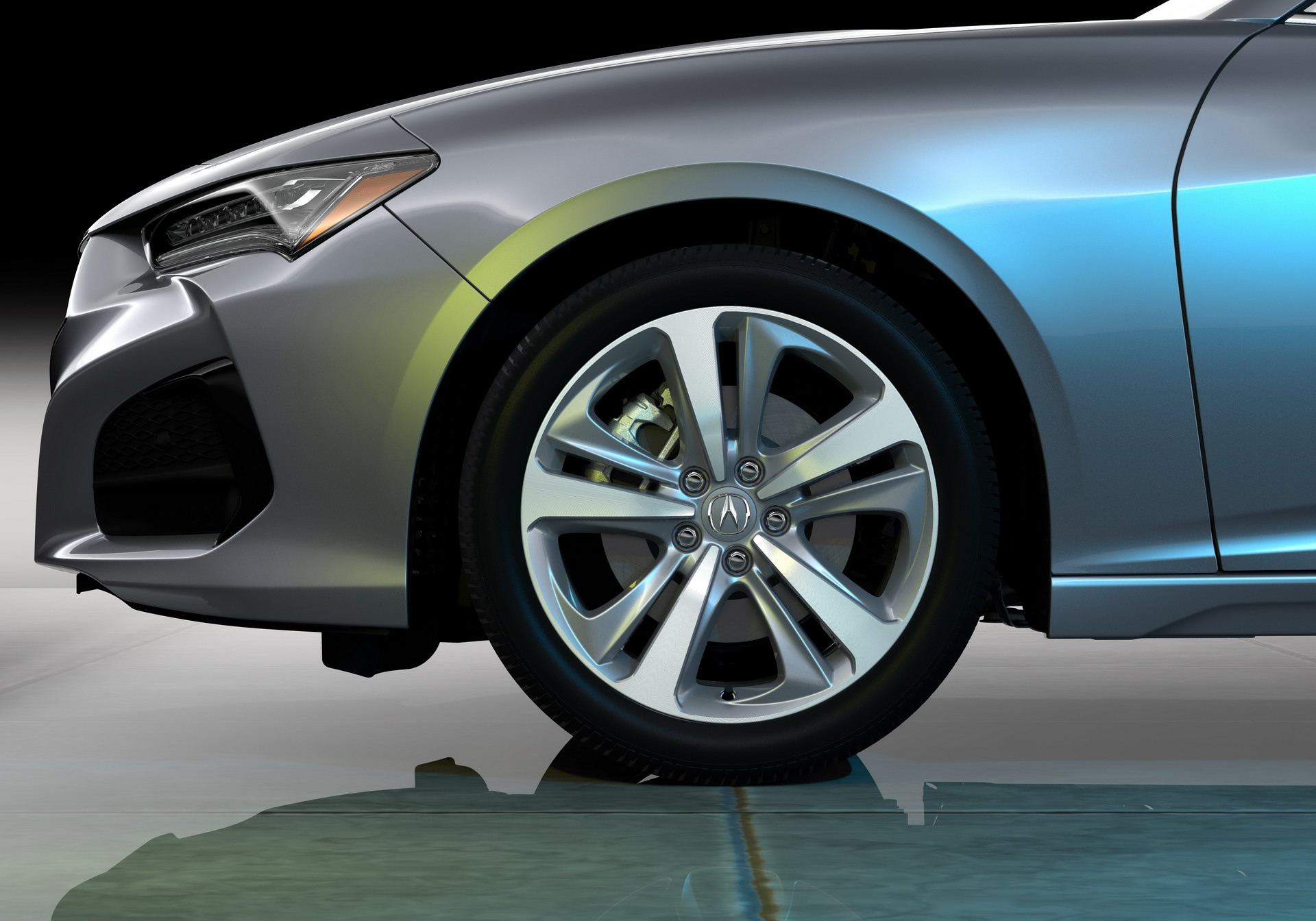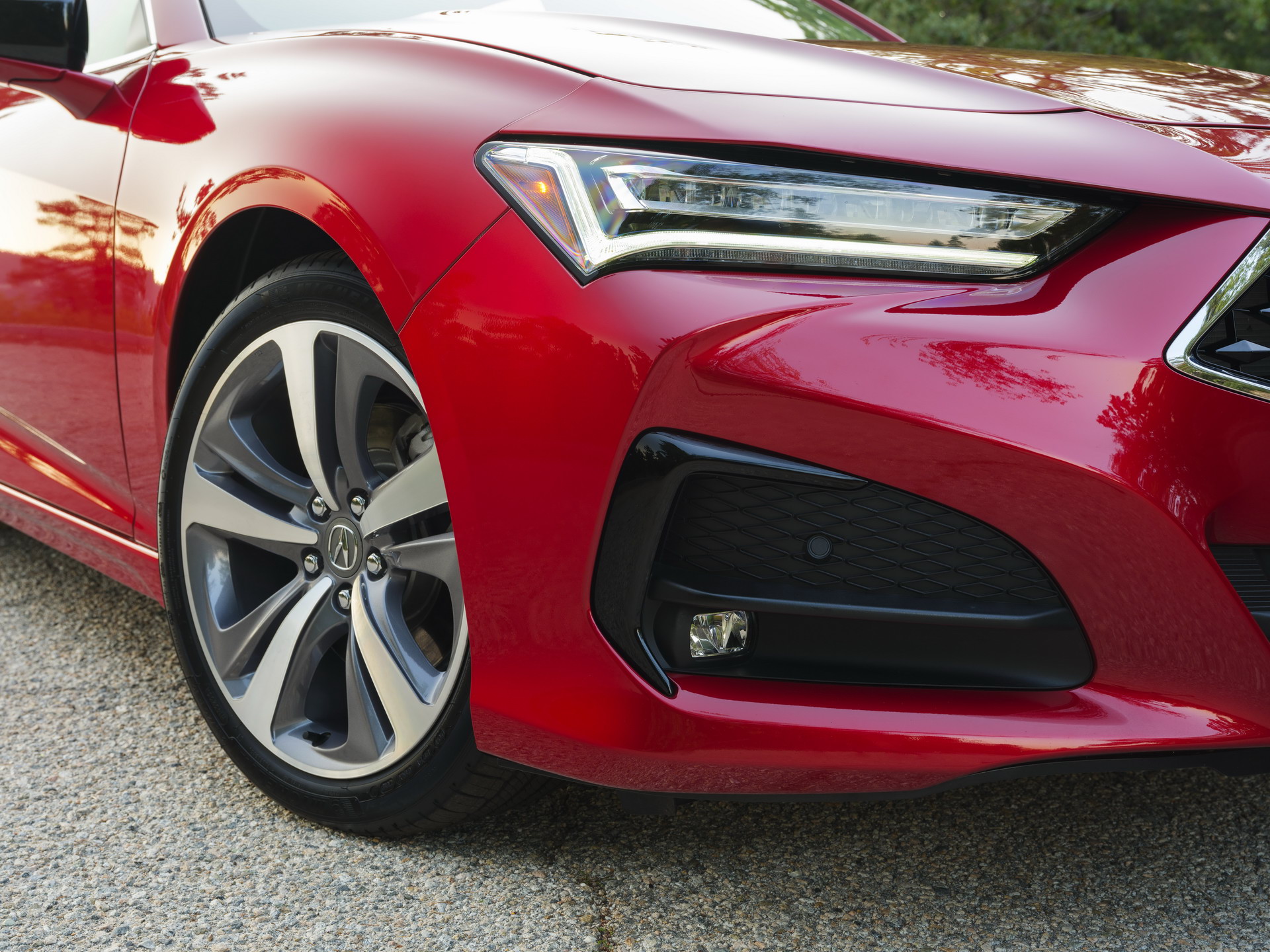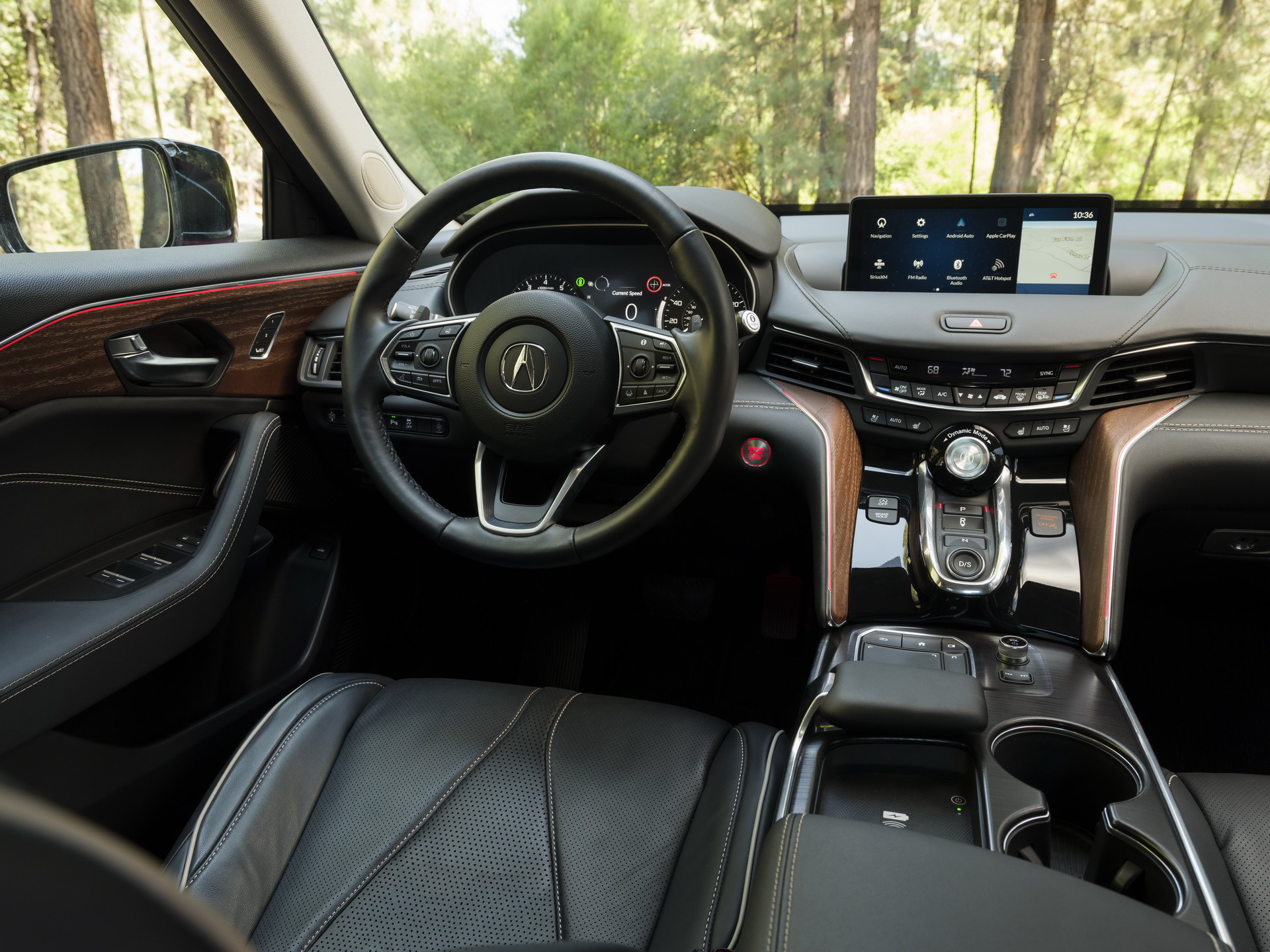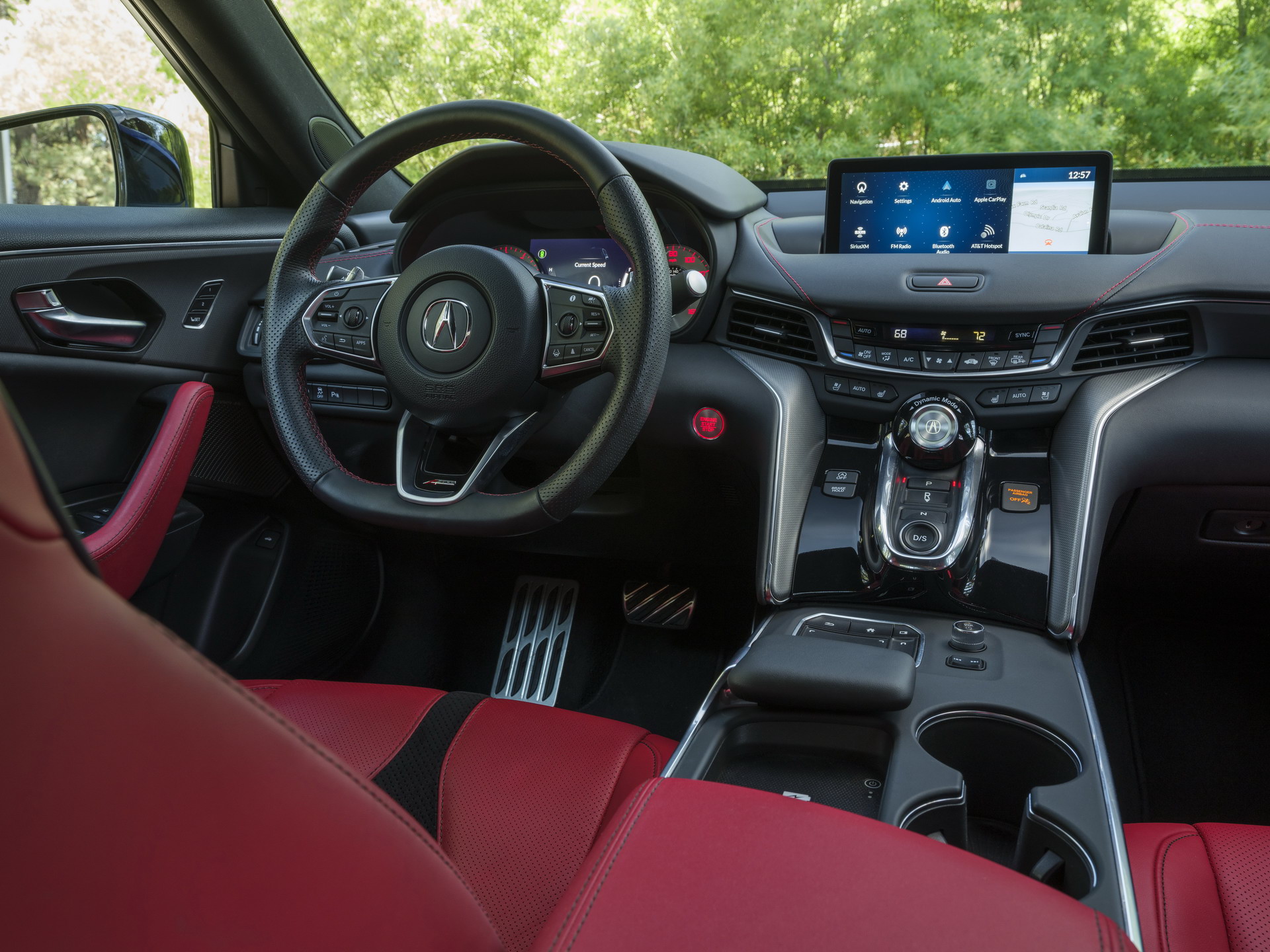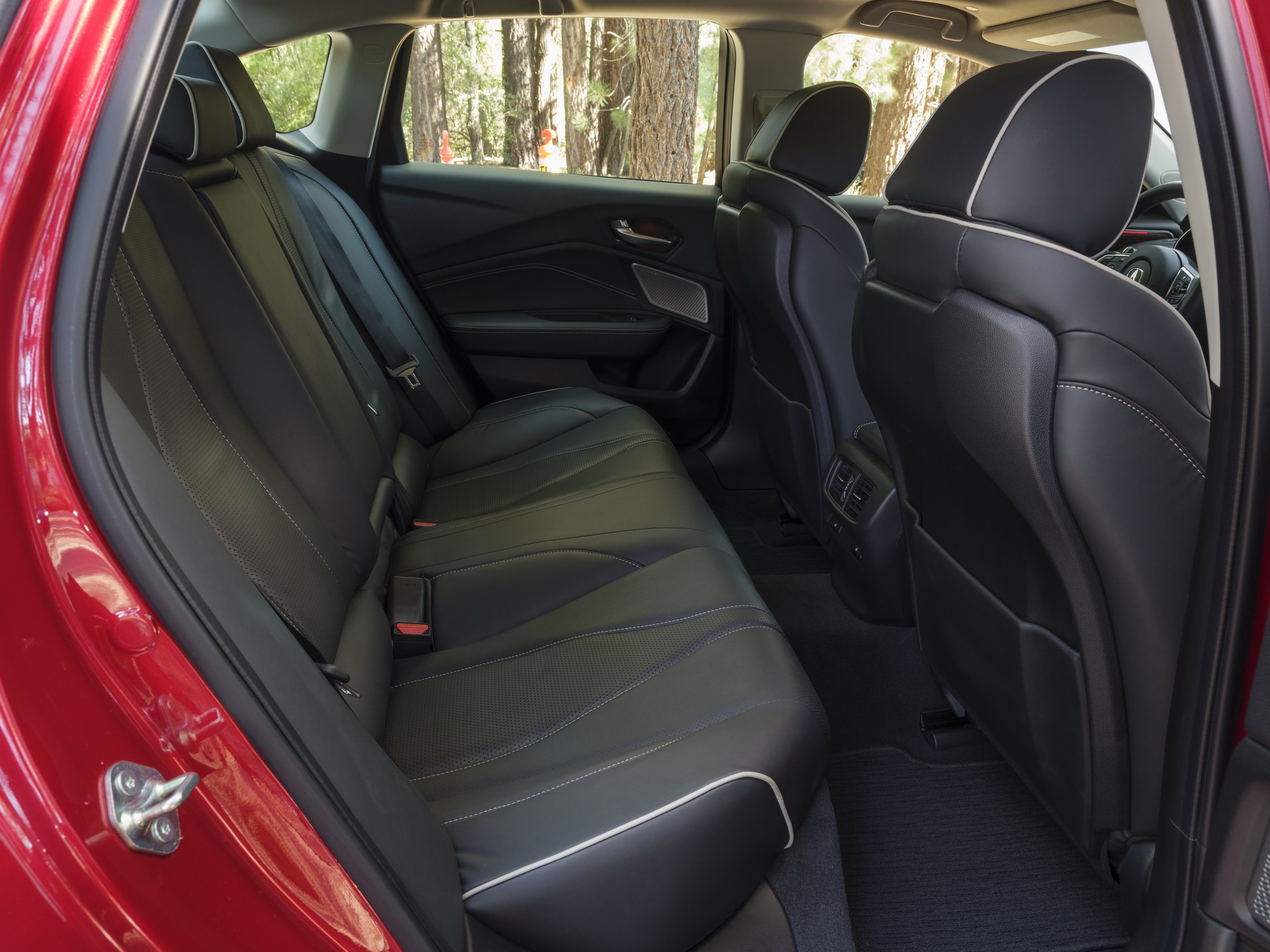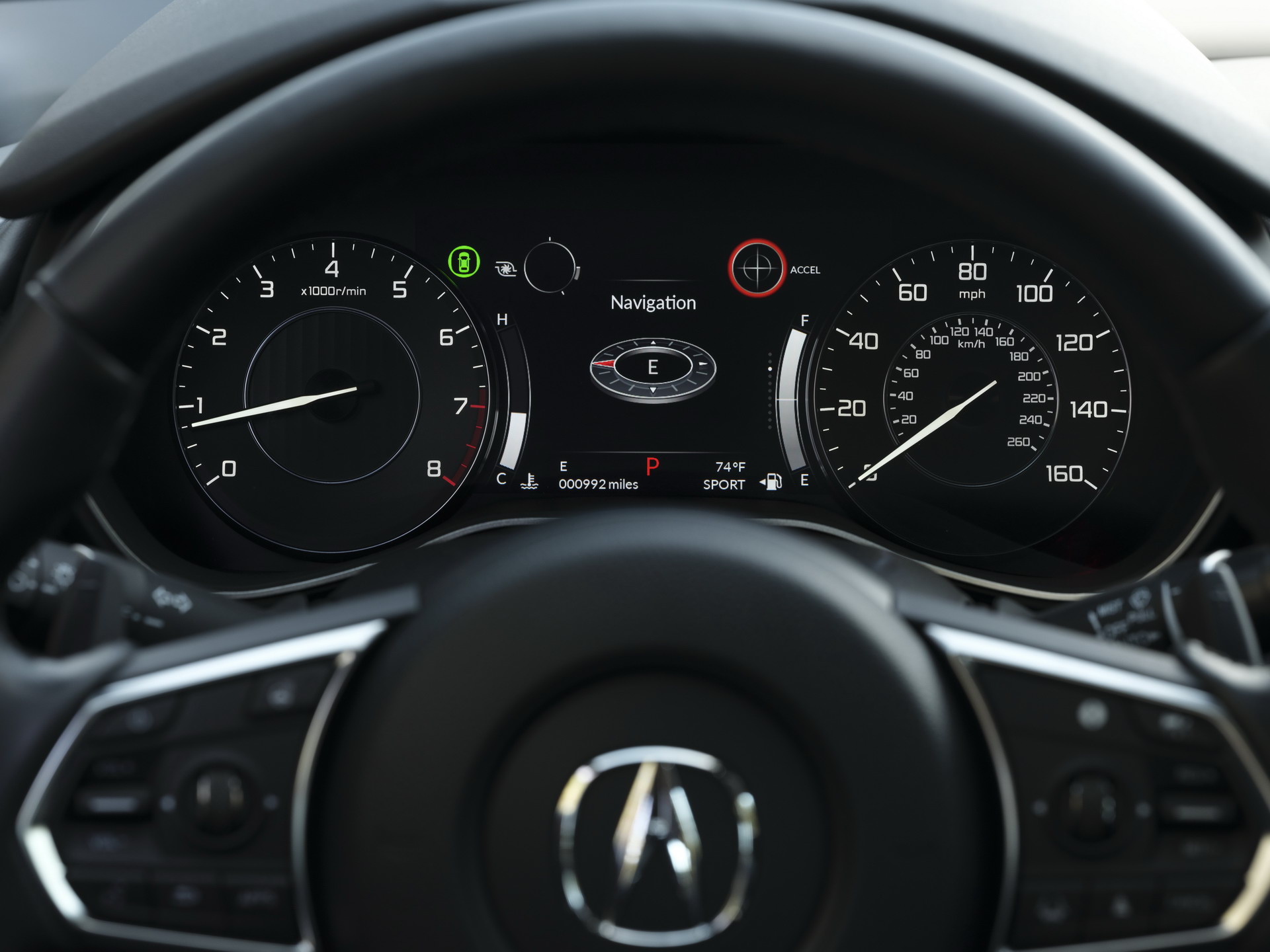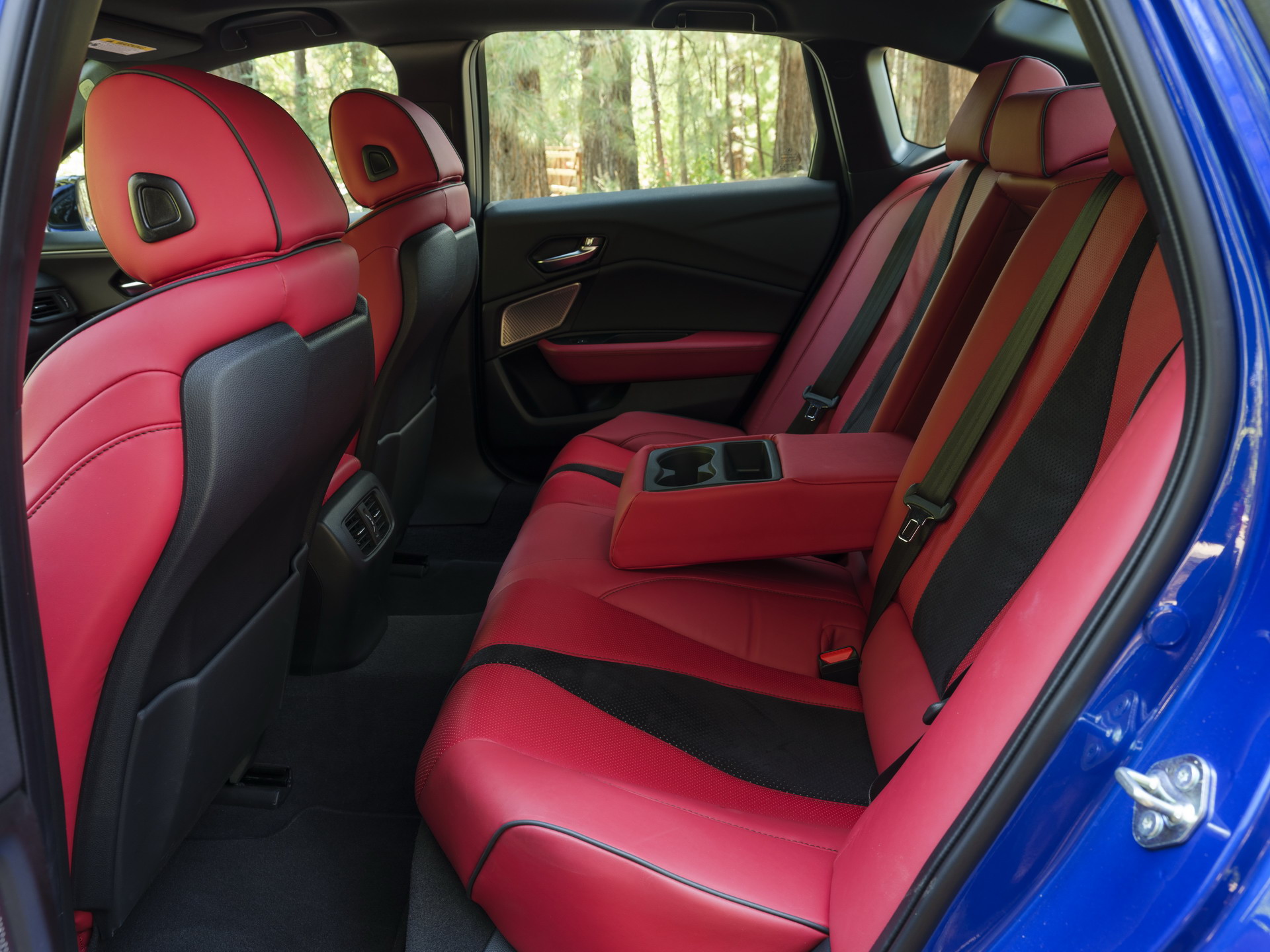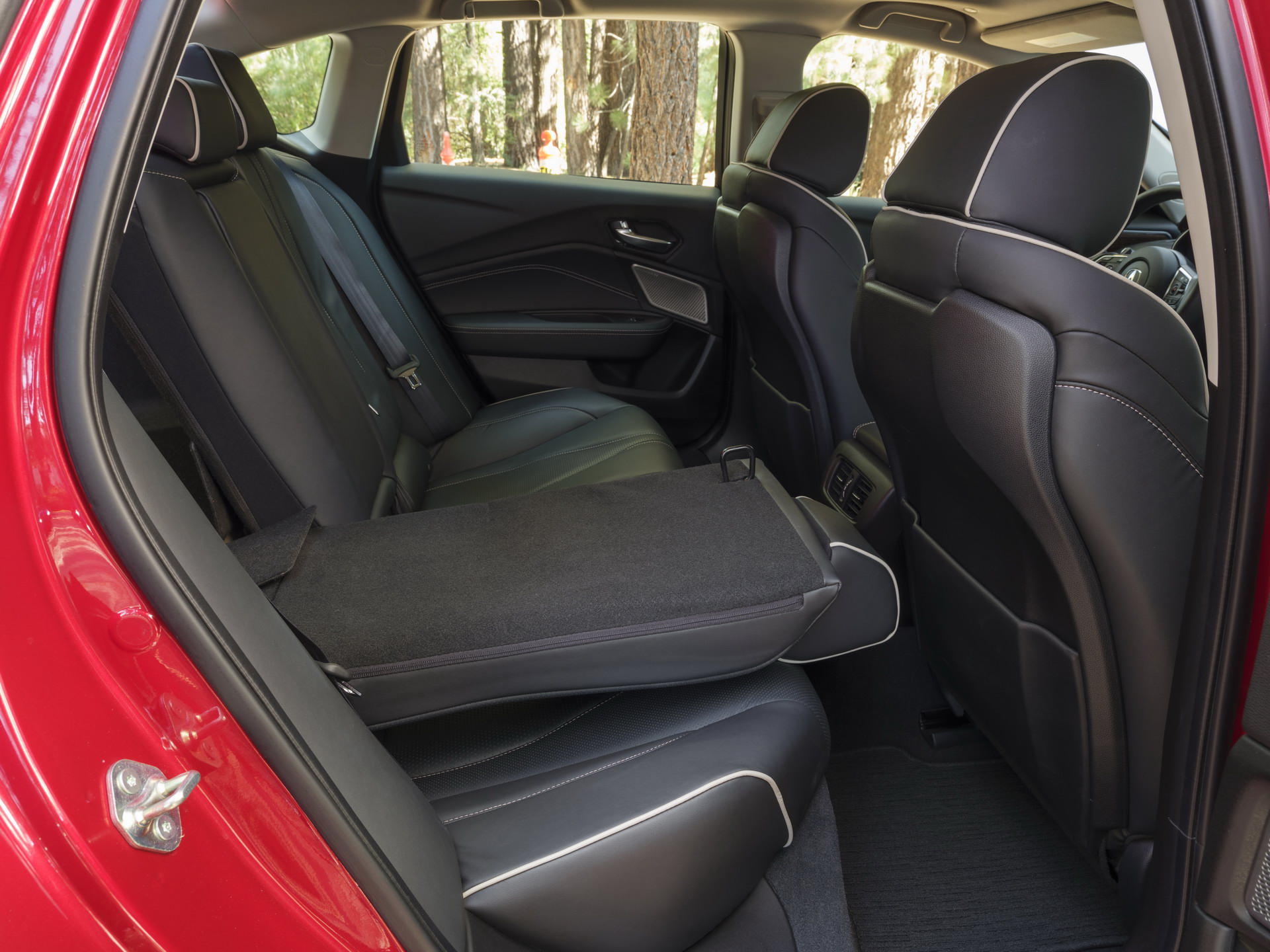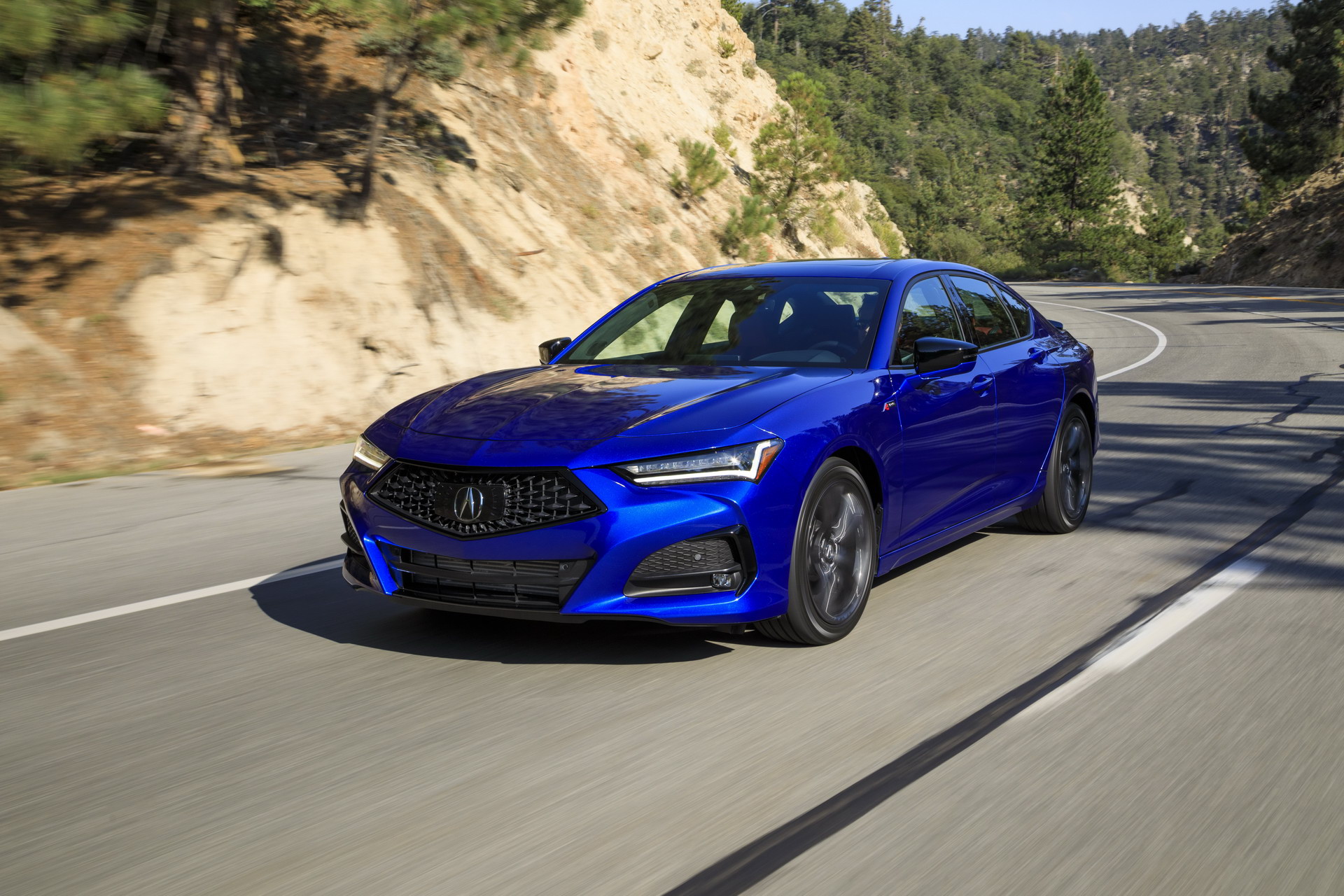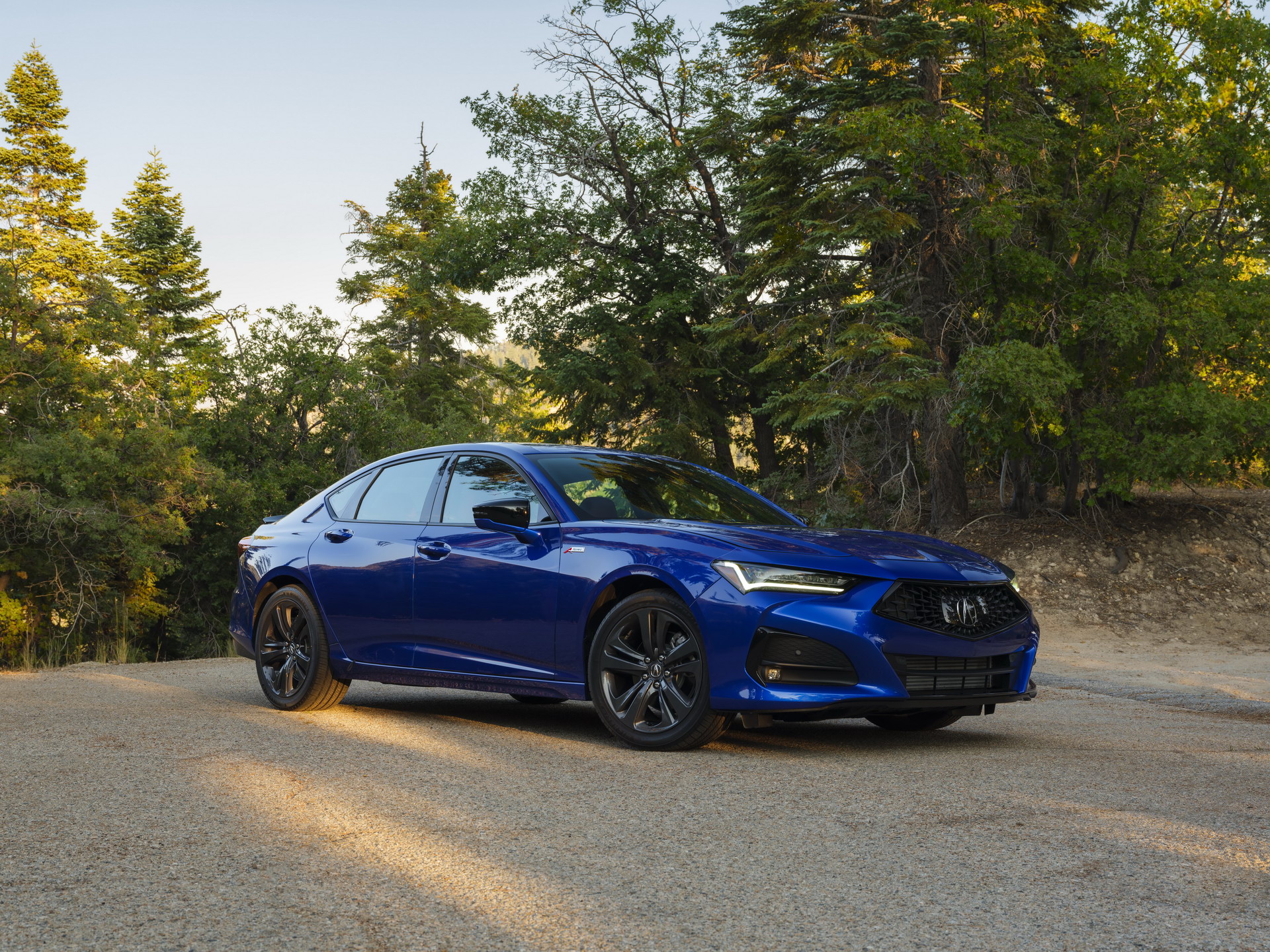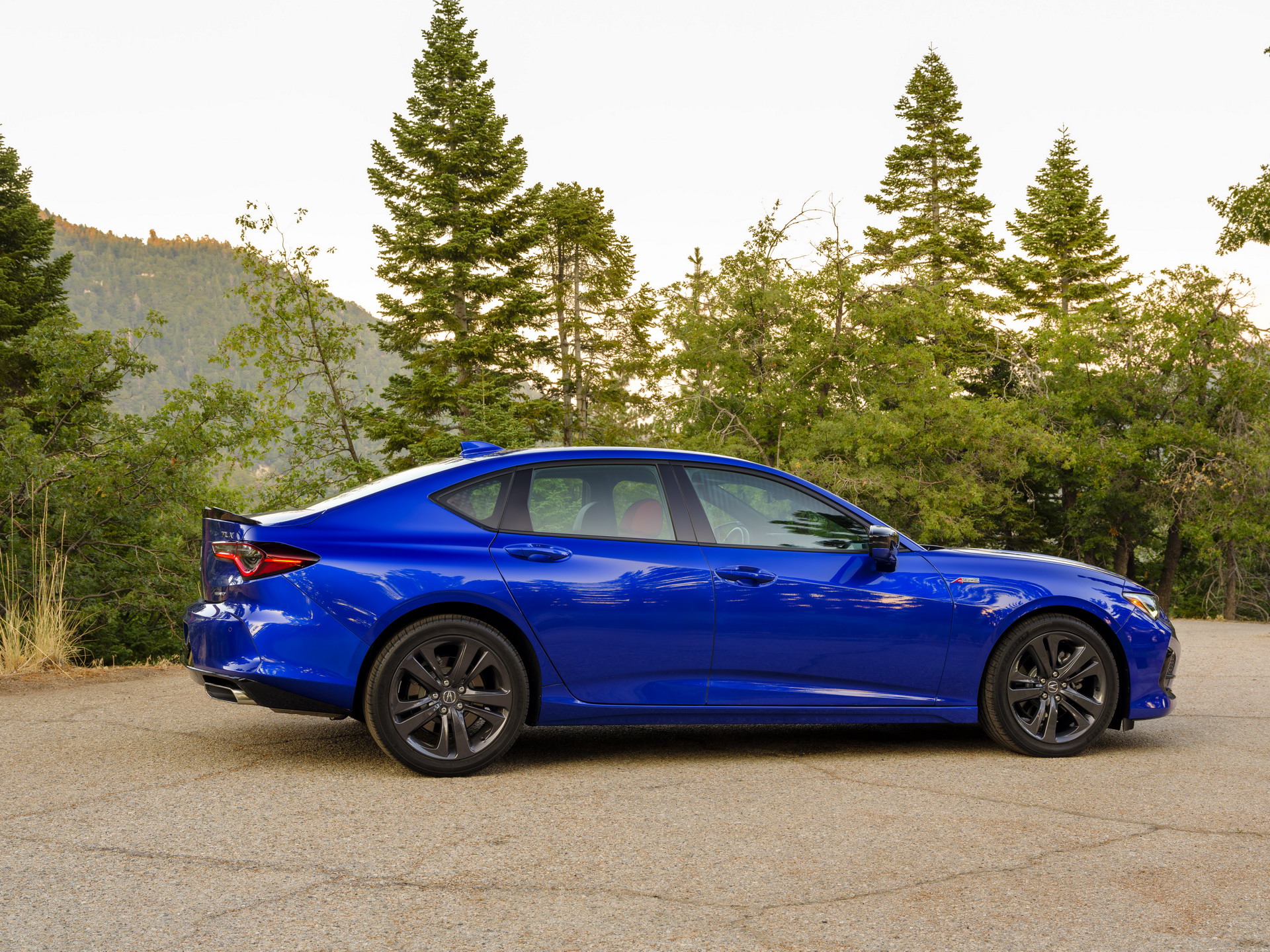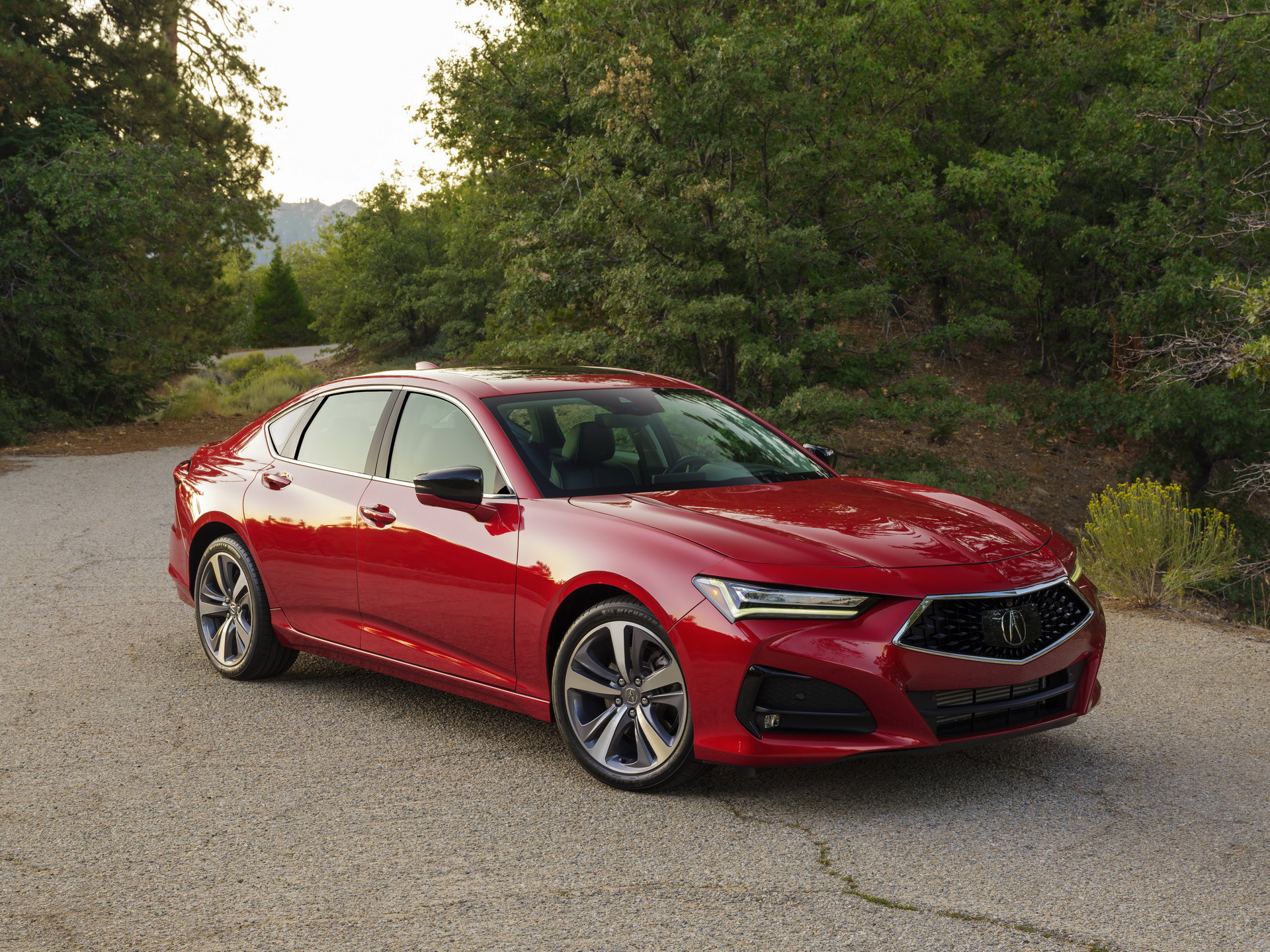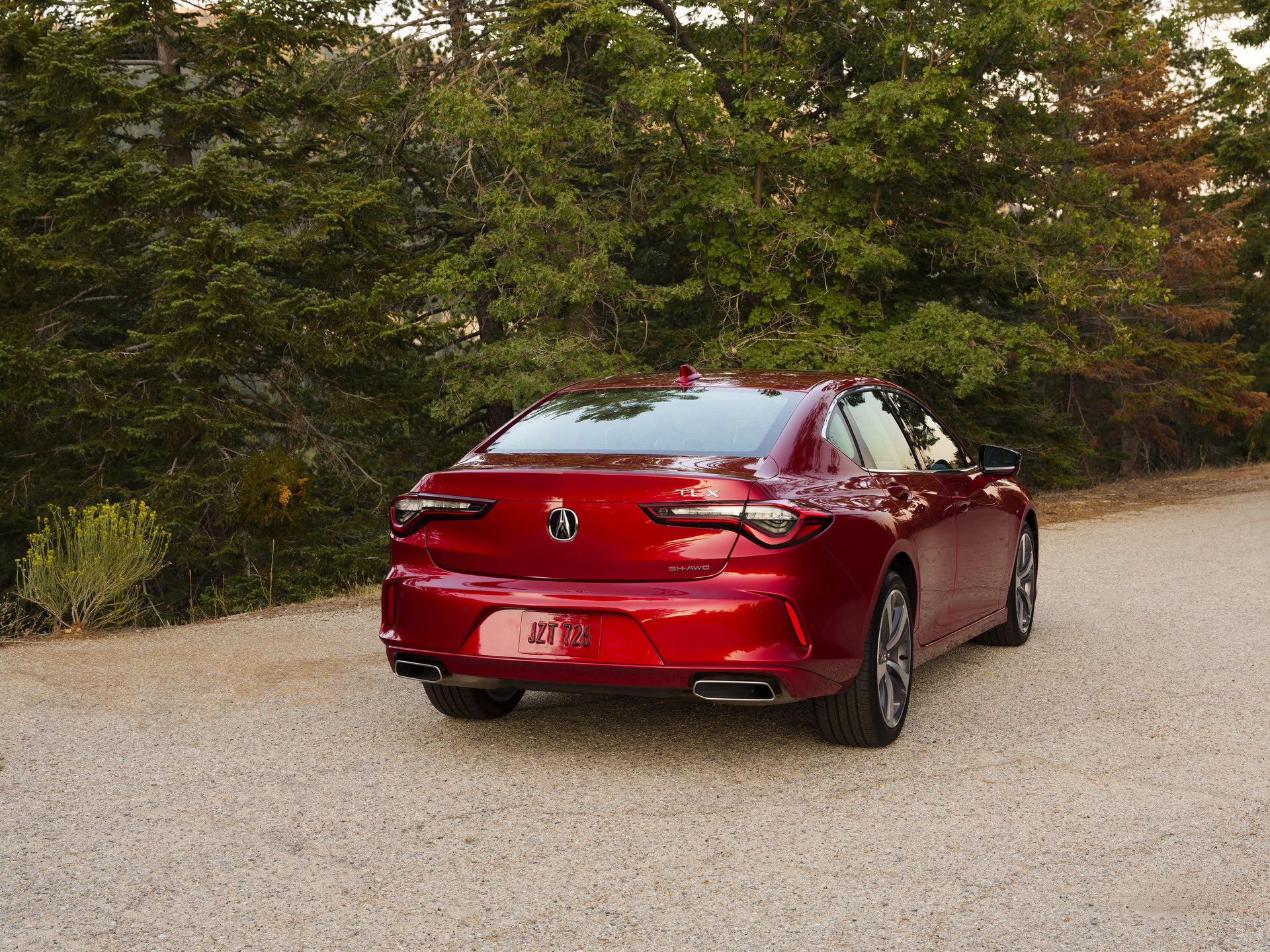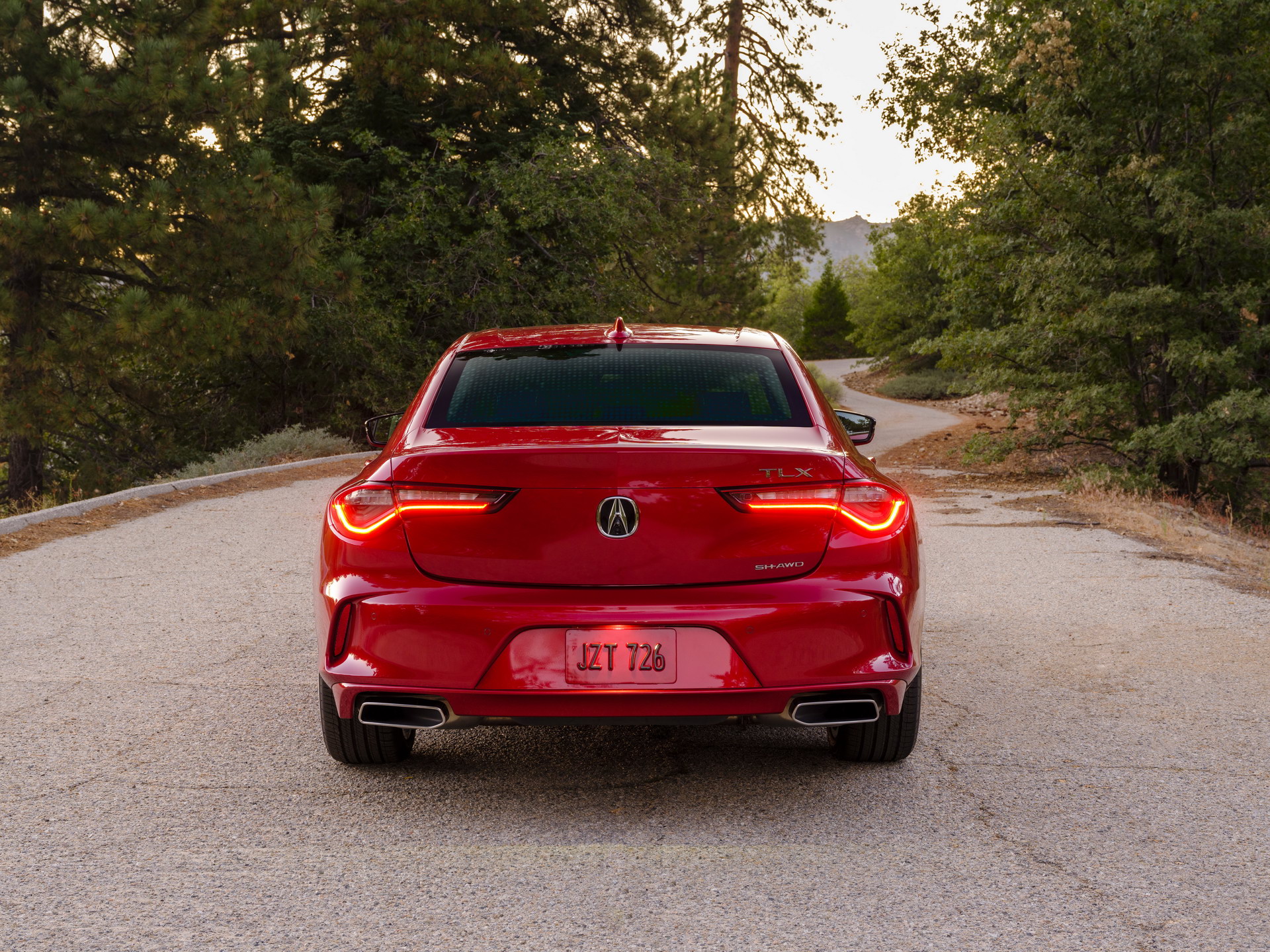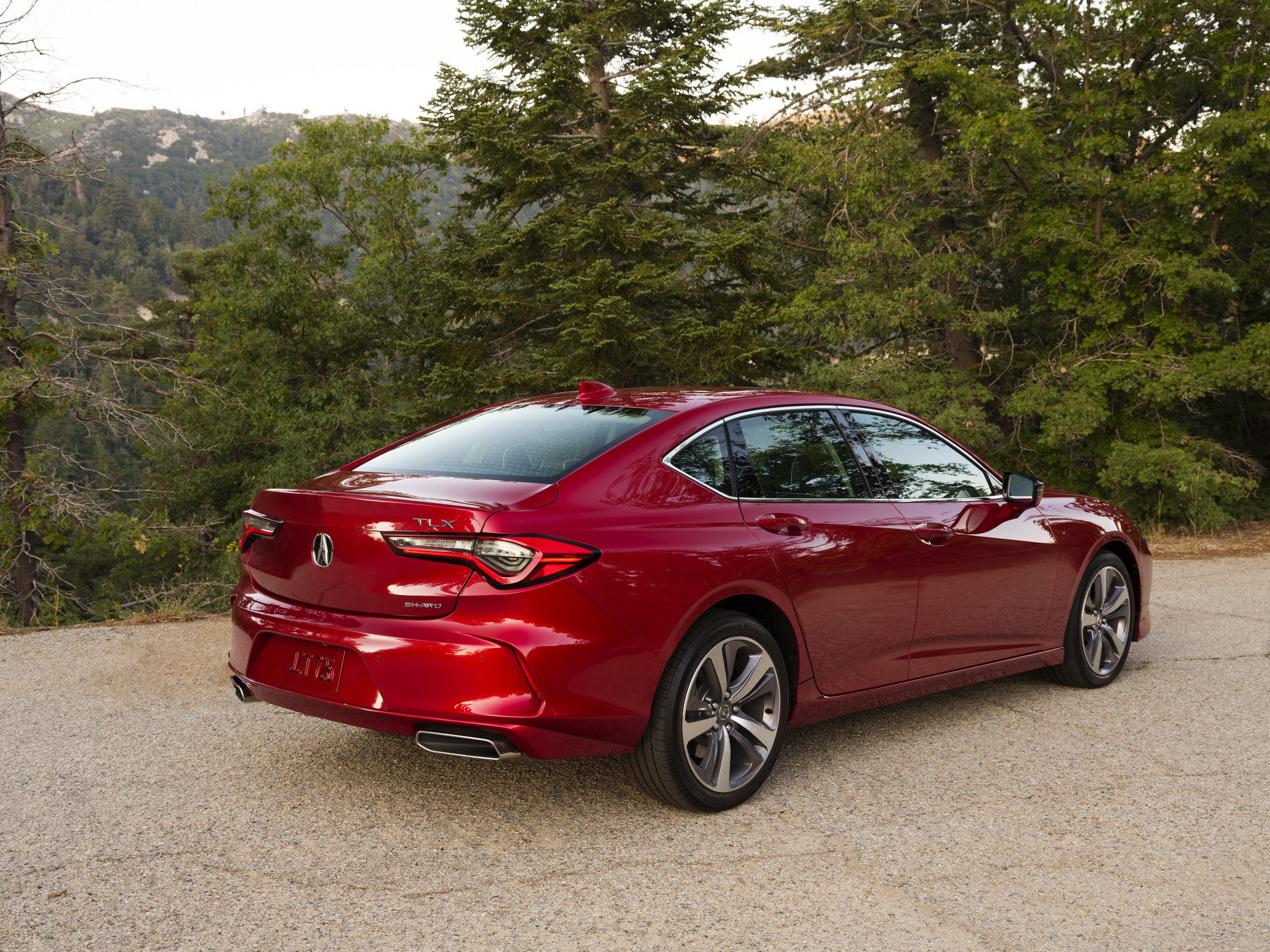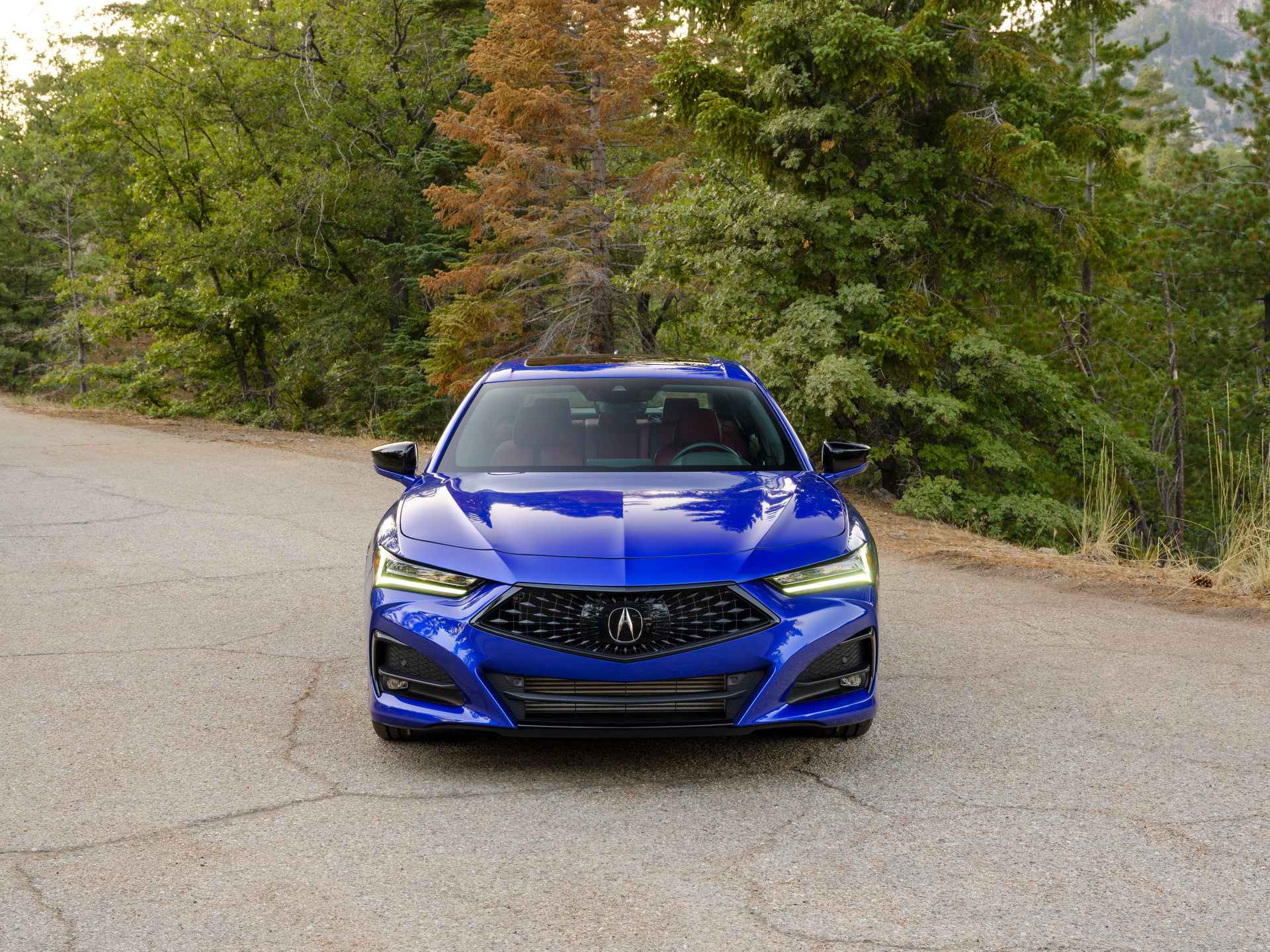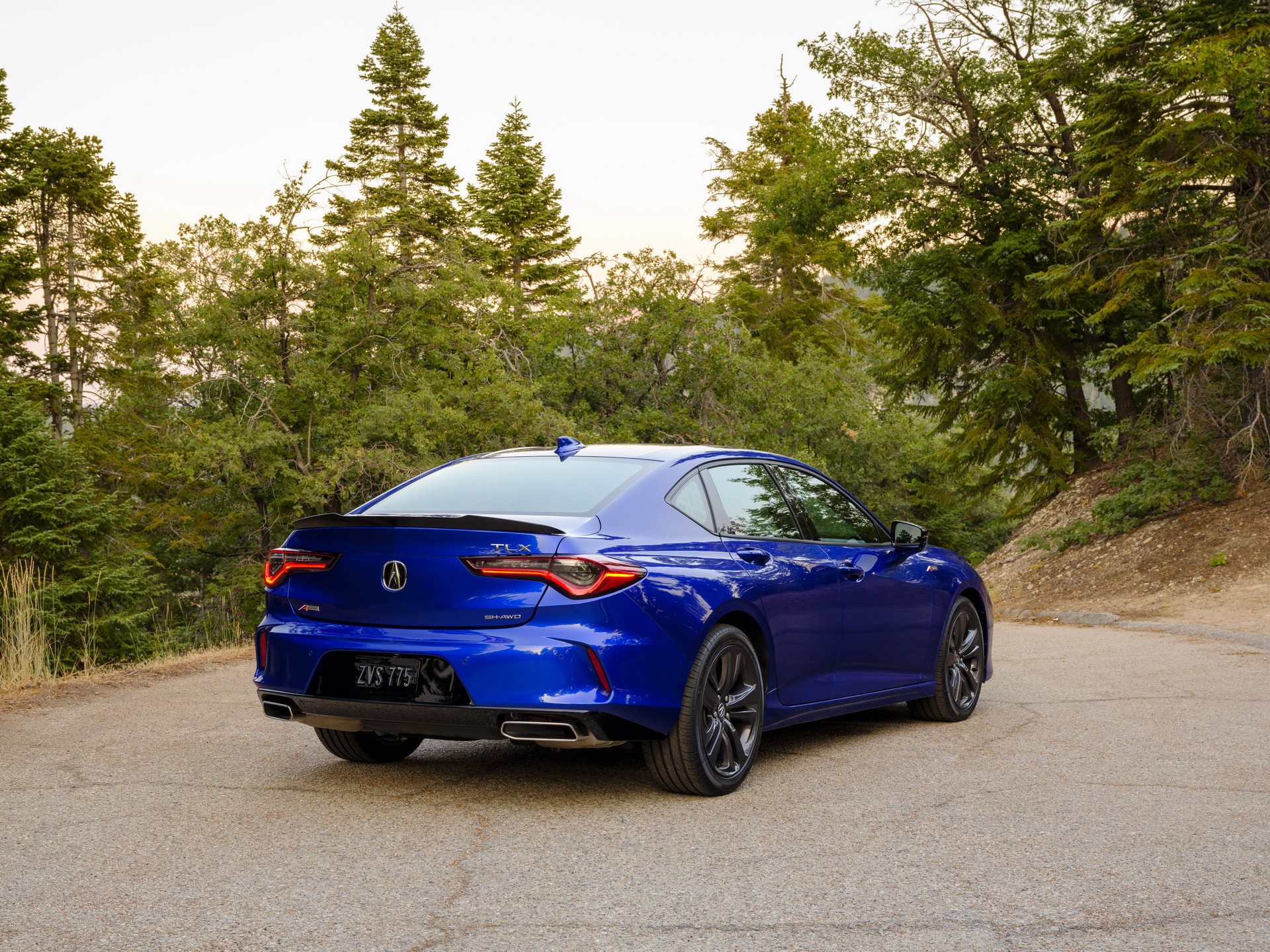Acura is looking to reclaim its reputation for building some of the most excellent handling premium (or at least, near premium) cars on the market. Names like Integra, Vigor and Legend are lost on young kids unless they love Ludacris.
Most Acuras, as of late, are barely an improvement over their Honda counterparts. Complicated dual-screen infotainment systems and beak-like grilles have not helped its cause either.
The Revival
When the Japanese company unveiled the Type-S concept last year, it was like a beacon of hope for the Acura faithful. Not only did it mark the return of the fabled Type-S moniker, but it seemed like a modern sports sedan that looked ready to go toe-to-toe with the best of the competition. I hadn’t paid much attention to it or the production-spec TLX until recently. The striking design caught my eye when driving past the local Acura dealership and my eyes lasered in on one specific body panel: the front fender.
Also Read: First Reviews Of 2021 Acura TLX Are In, Is It As Competitive As It Needs To Be?
More specifically, I noticed the distance between the dashboard cowl and the front axle. The dash-to axle-ratio of the new TLX writes a check that the chassis can’t cash. Typically a long dash-to-axle would indicate a longitudinally-mounted, rear-wheel-drive platform. This gives the TLX an athletic stance of a proper performance car. All the best luxury compact sports sedans on the market ride on RWD platforms. Acura has always stuck with the front-wheel-drive formula, offering their SH-AWD as an option. The new TLX is no different.
Was this design choice made to fool the average consumer? Probably not, as most buyers would never even notice it – at least not purposely. Transverse-mounted, front-wheel-drive cars tend to have short stubby noses. Subconsciously, this design trick lends a more appealing design to the TLX even to those who don’t know or care what lies beneath.
And what has Acura to say about all this? We asked a company representative who told us that “the TLX’s long dash to axle ratio was very deliberate, and a ‘win’ the designers were thrilled with” as “it gives the TLX beautiful rear drive proportions and stance”.
“It also allowed space to package both engines that will be offered – the current 2.0T and the upcoming 3.0T V6 that needs significantly more space” the spokesperson explained. “And while I’m mentioning proportions, we also added double wishbone suspension which is a more compact suspension ‘package’ so allowed us to lower the hood line. Double wishbone also has significant handling benefits obviously.”
All the sports sedans
The TLX has stout rear-wheel-drive competition from pure-premium to near-premium models all over the globe. German stalwarts include the BMW 3-series and Mercedes-Benz C-Class while other Asian offerings are the Infiniti Q50 and Genesis G70; the Cadillac CT5 is the sole American. Can the Acura hold up against the rest? First reviews show that even with power heading primarily to the wrong front wheels, the TLX is every bit the sports sedan as its challengers. The one to wait for is, of course, the twin-turbo V6-powered Type-S. Arriving next spring, the Type-S will be the true testament of their performance-driven intentions.
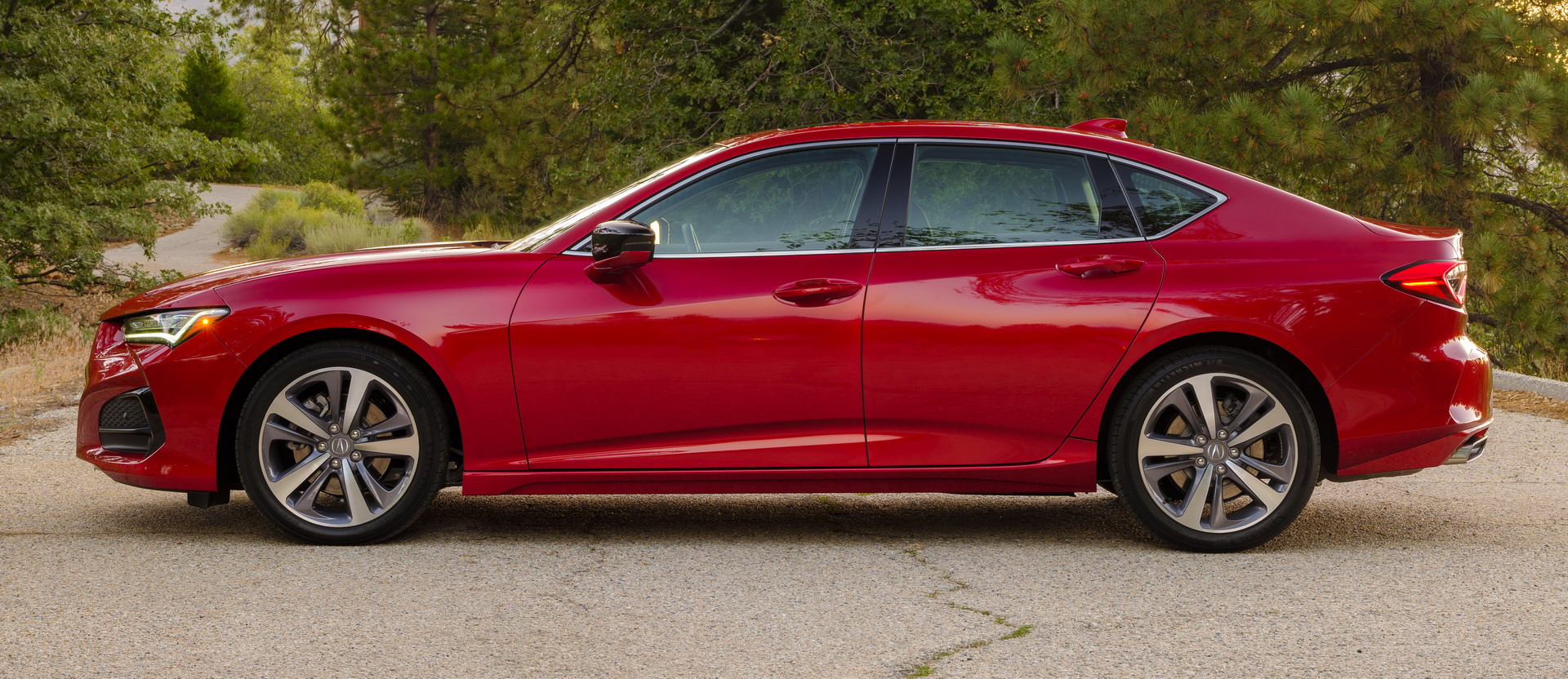
See how the new Acura TLX’s profile compares to the BMW 3-Series, Audi A4 and the Genesis G70 sedans
As it turns out, you can build a proper sports sedan without rear-wheel-drive (I never thought I would write that sentence). I haven’t had a chance to get behind the wheel yet, but I have driven the previous TLX A-Spec, and it could hold its own. If the early reviews are any indication, the new TLX will cement Acura’s place in building great driver’s cars again.



